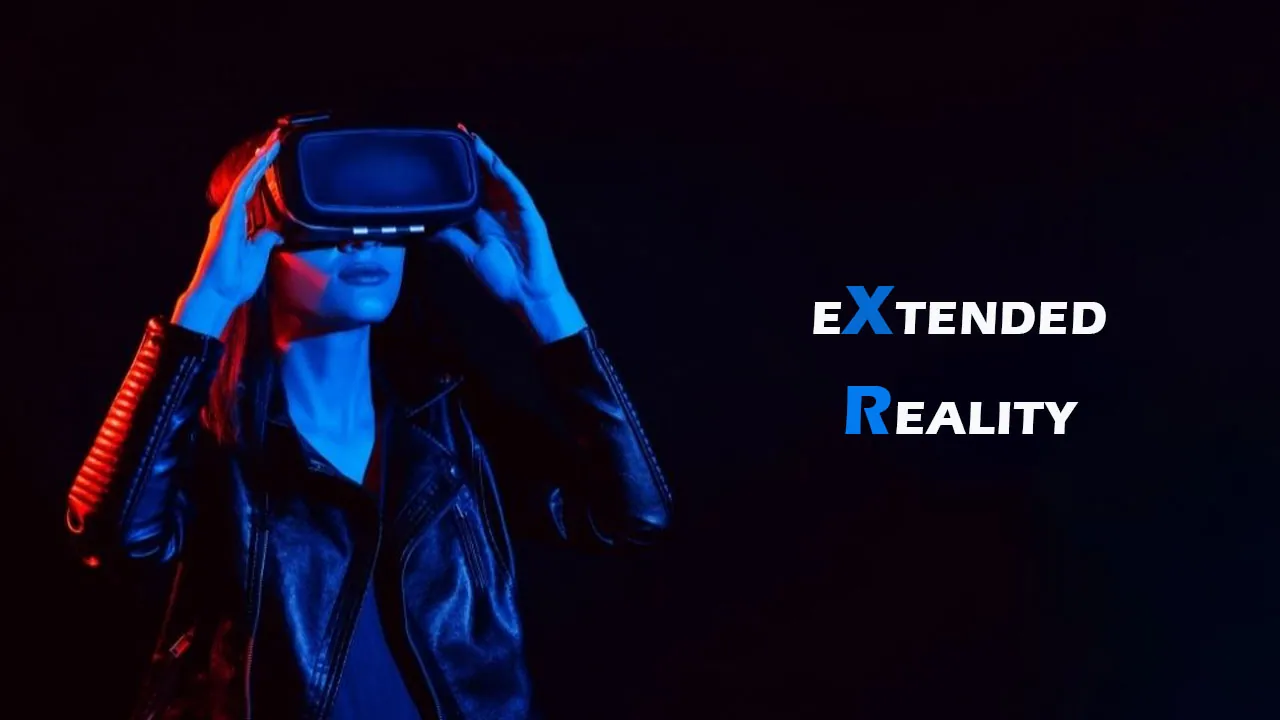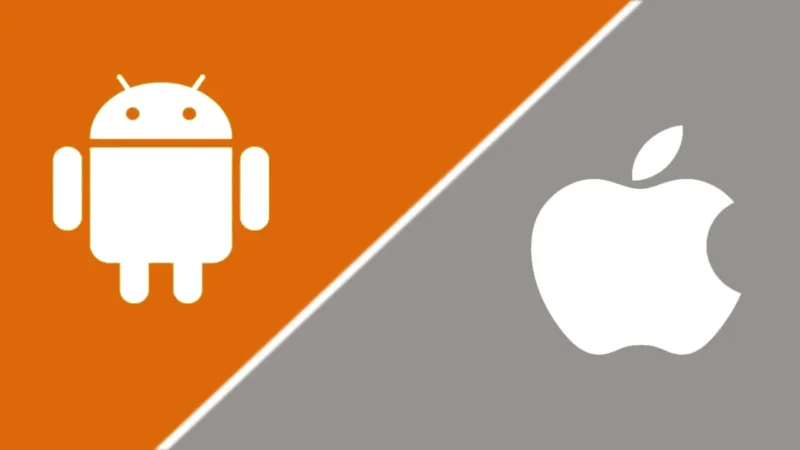Technology is constantly evolving, bringing about new and innovative solutions to modern-day problems. In this blog, we’ll be discussing one such technology, which has recently gained a lot of attention and is set to revolutionize the way we interact with digital media.
The technology we’re referring to is called the Extended Reality (XR).
What is Extended Reality (XR)?
Extended Reality (XR) is an umbrella term used to refer to technologies that merge the physical and virtual worlds. It is an umbrella term that includes Virtual Reality (VR), Augmented Reality (AR), and Mixed Reality (MR). XR is set to change the way we interact with digital media by providing a more immersive and engaging experience to the users.

Virtual Reality (VR):
Virtual Reality (VR) is a technology that creates a simulated environment that can be similar or completely different from the real world. VR creates an artificial world that the user can interact with using a headset or other equipment. VR technology is already being used in various industries, including gaming, education, healthcare, and entertainment.
Augmented Reality (AR):
Augmented Reality (AR) is a cutting-edge technology that superimposes digital content onto the real world, enriching user experiences by providing supplementary information about their environment. AR finds applications across diverse sectors such as marketing, gaming, and education, revolutionizing how industries leverage this immersive technology.
Mixed Reality (MR):
Mixed Reality (MR) is a technology that combines the features of both VR and AR. MR overlays digital content on the real world, just like AR, but the digital content is anchored to the real world, just like in VR. MR provides users with a more immersive and interactive experience than AR.
How is XR being used in various industries?
XR is already being used in various industries, including healthcare, education, gaming, entertainment, and marketing.
- In healthcare, XR is being used to provide patients with a more immersive and engaging experience. VR is being used to provide patients with pain management and therapy, while AR is being used to provide doctors with additional information about their patients’ health.
- In education, XR is being used to provide students with a more engaging and interactive learning experience. VR is being used to provide students with a simulated environment where they can learn and experiment, while AR is being used to provide students with additional information about their subjects.
- In gaming, XR is being used to provide gamers with a more immersive and interactive experience. VR is being used to provide gamers with a simulated environment, while AR is being used to provide gamers with additional information about their surroundings.
- In entertainment, XR is being used to provide users with a more engaging and interactive experience. VR is being used to provide users with a simulated environment, while AR is being used to provide users with additional information about their surroundings.
- In marketing, XR is being used to provide customers with a more engaging and interactive experience. AR is being used to provide customers with additional information about the products they’re interested in, while VR is being used to provide customers with a simulated environment where they can experience the product before purchasing it.
Conclusion:
XR is a technology that is set to revolutionize the way we interact with digital media. With its ability to merge the physical and virtual worlds, XR provides users with a more immersive and engaging experience. XR is already being used in various industries, including healthcare, education, gaming, entertainment, and marketing, and it’s only going to become more prevalent in the future. As XR technology continues to evolve, we can expect to see even more innovative and exciting applications emerge.






